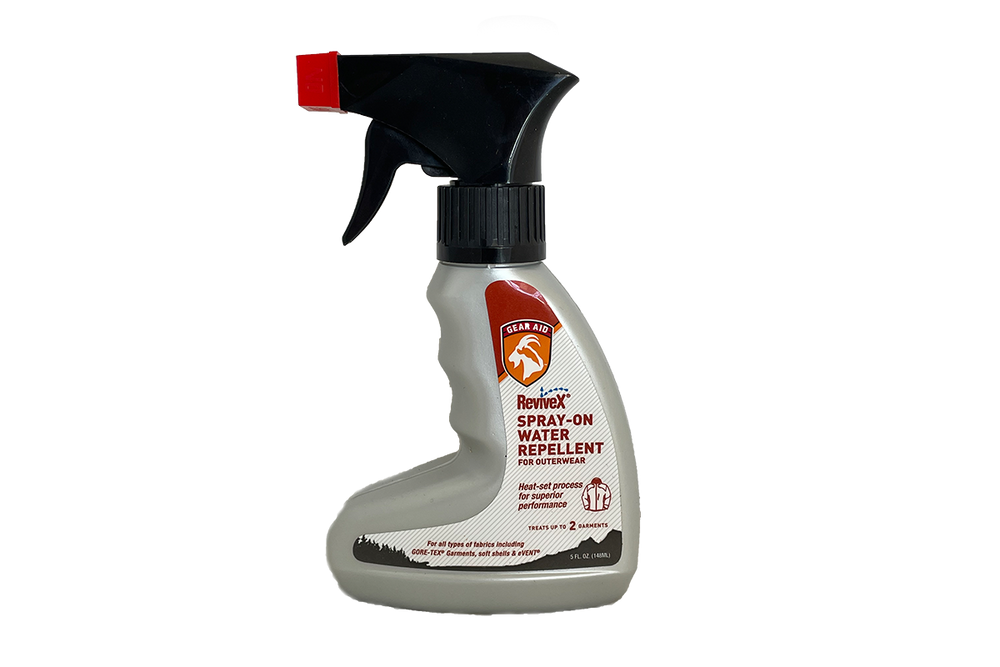The lotus leaf: how nature makes water-repellent materials.
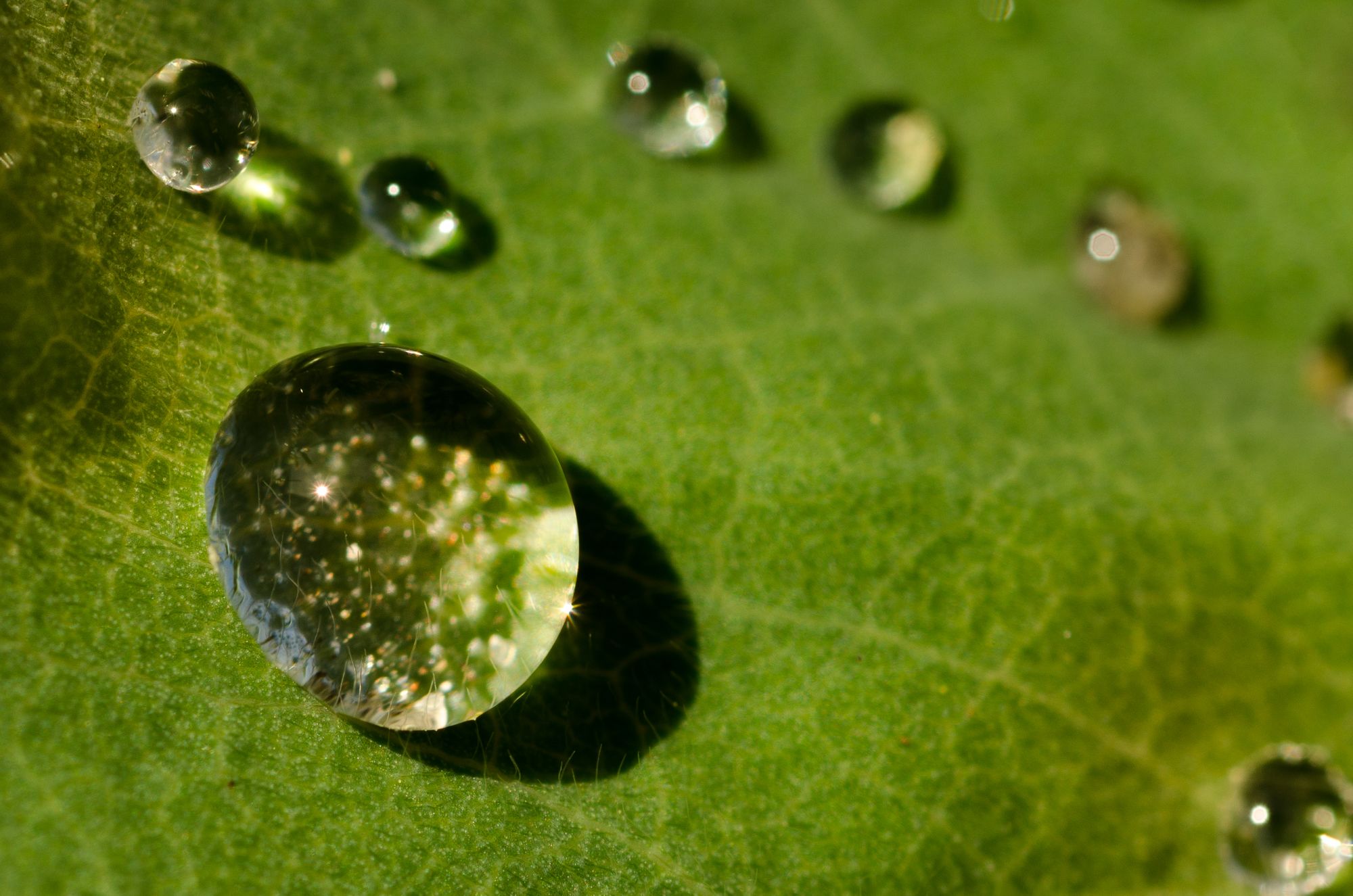
Ever wonder what makes a material water-repellent? Hydrophobic materials can be useful in a myriad of applications, basically anywhere where you don't want your things to get wet. To figure out how to engineer materials with better hydrophobic properties, scientists have turned to nature (specifically, the lotus leaf) to study its intelligent design. Lotus leaves (pictured below) are well known for being superhydrophobic, so they serve as an excellent case study. Note: the concept of studying

Good vibrations: Lotus leaf's secrets revealed
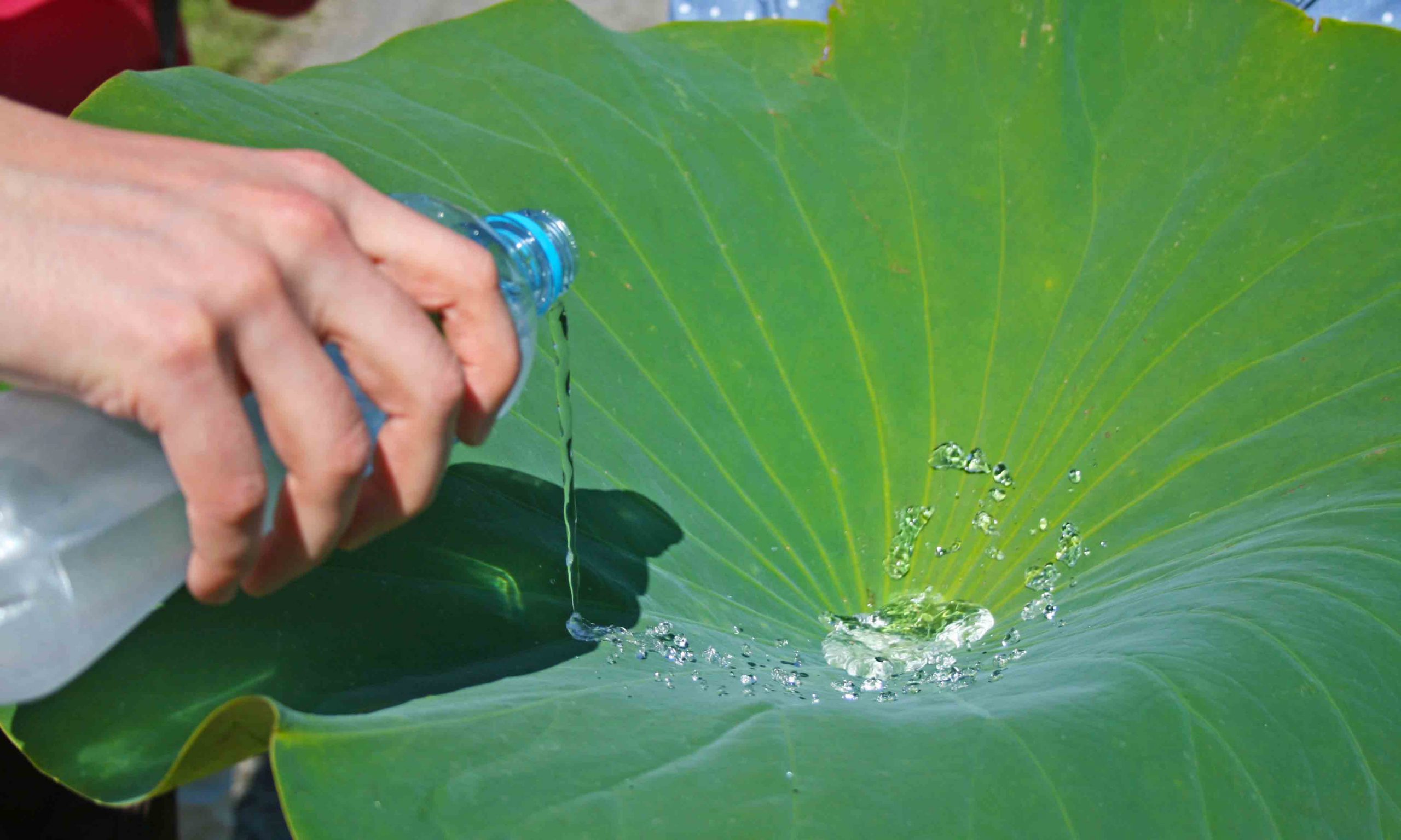
Lotus effect: Self-cleaning bioplastics repel liquid and dirt
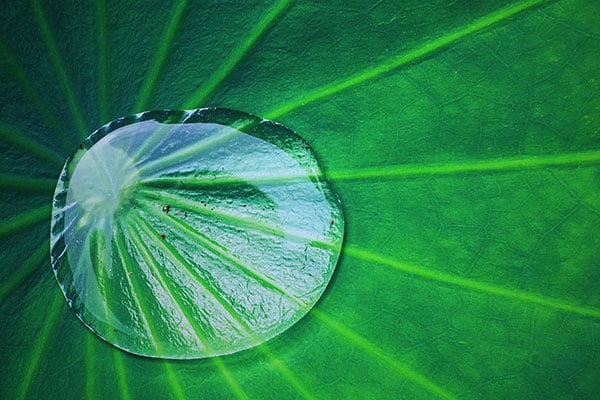
Hydrophobic/Super-Hydrophobic Coatings - Prospector Knowledge Center

Researchers develop bioplastic based on lotus leaf

The lotus effect : Tigtag
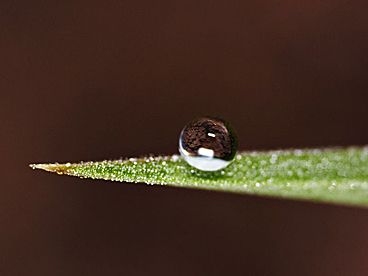
Explained: Hydrophobic and hydrophilic, MIT News
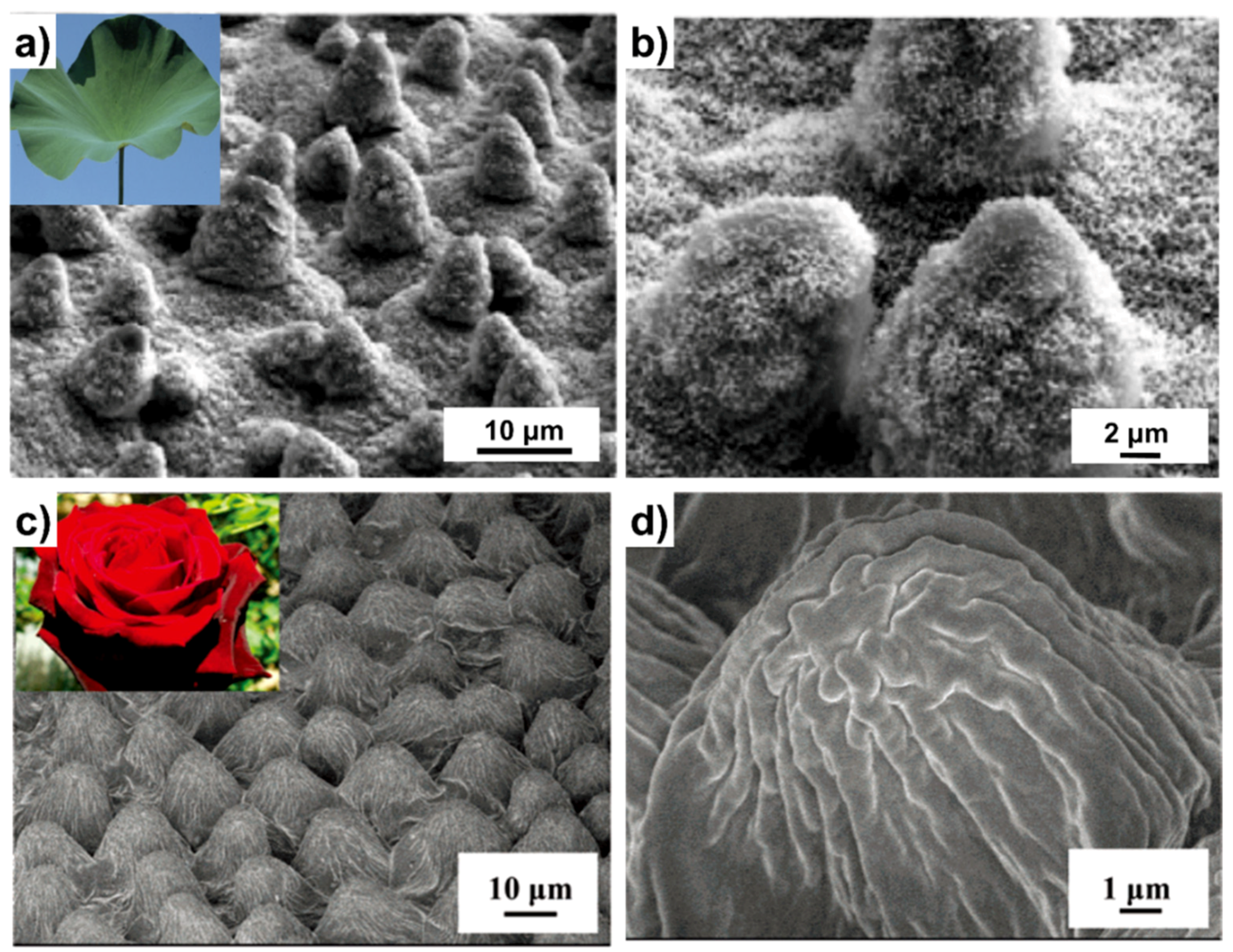
Micromachines, Free Full-Text

RMIT engineers develop water-repellent bioplastic inspired by the

The lotus leaf: how nature makes water-repellent materials.

Preparation of super-hydrophobic textures by using nanosecond pulsed laser - ScienceDirect

PDF) Preparation of super-hydrophobic textures by using nanosecond pulsed laser

S(h)park Issue 001 : Post Covid City by Shma Company Limited - Issuu
అతి చిన్న ఆకు ఏది? - Quora
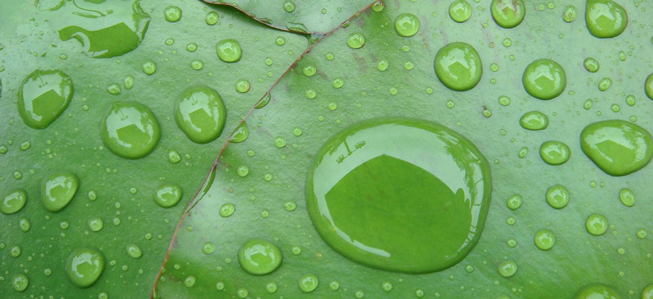
The lotus leaf: how nature makes water-repellent materials.

Superhydrophobicity, Learn from the Lotus Leaf







